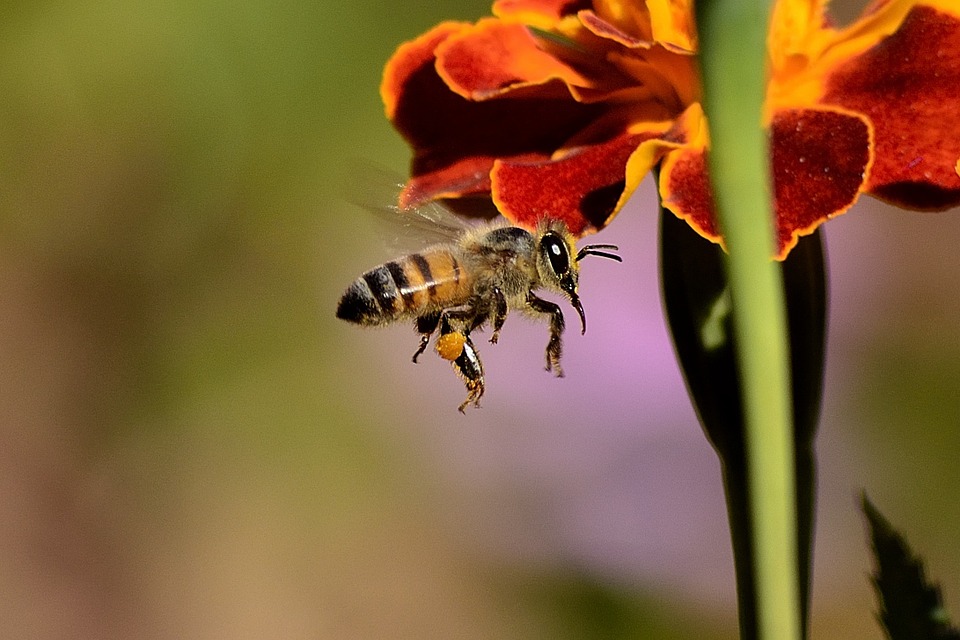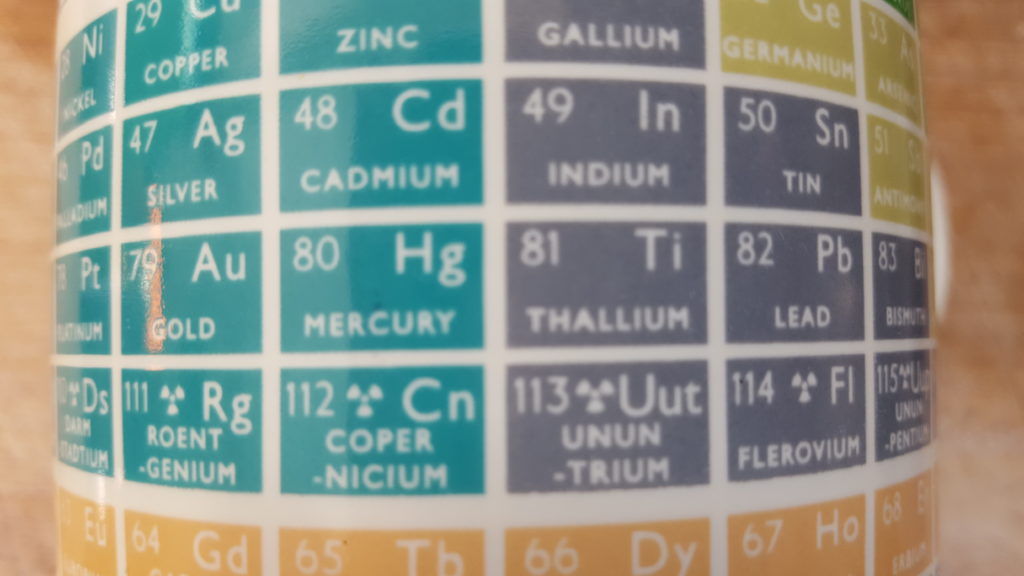“Honey from across the world is contaminated with potent pesticides known to harm bees,” The Guardian reports.
This is based on a study that analysed nearly 200 samples of honey, collected from diverse regions worldwide, and found that 75% contained traces of a group of pesticides called neonicotinoids.
Neonicotinoids became commercially available in the 1980s, and were marketed as a group of pesticides that cause less damage to birds and mammals. But since the 1990s, some researchers have argued they may be harmful to bees and could be at least partially responsible for the rapid drop in bee numbers in Europe.
The average concentration in the study samples was 1.8 nanograms per gram of honey (ng/g). This is far below the maximum acceptable level set in the EU, which is 50ng/g for three of the neonicotinoids and 10ng/g for two others.
The low level detected is not thought to pose any risk to humans; however, it has been linked with harm to bees and other nectar-collecting pollinators.
This study shouldn’t cause undue alarm to the general public and there’s probably no need to dump your honey jars in the bin. That said, pesticide use worldwide is concerning for environmental conservation. France is already said to have completely banned the use of these pesticides, although this will not come into force until 2020, and other countries may follow suit.
Where did the story come from?
The study was conducted by researchers at Université de Neuchâtel in Switzerland and published in the peer-reviewed journal Science. No sources of funding were reported. The article is freely available online.
The UK media reported the study accurately, with several sources discussing the issue of whether pesticides should be used on such a large scale.
What kind of research was this?
This was a worldwide survey looking at the presence of neonicotinoids in honey.
Neonicotinoids are the most widely used pesticides. They are absorbed by plants so can contaminate pollen and nectar. As the researchers said, there are concerns about the effects these pesticides could have not only on bees but also further down the food chain, affecting humans. Certain countries have already banned the use of these pesticides.
Looking at honey, the nectar and pollen in the hive may be harvested from as far as 12.5km away, so it can be a marker of the area’s environmental quality. As honey samples are easy to obtain from a range of geographical locations, they provide a good method of worldwide analysis. This study therefore presented a global survey measuring neonicotinoid concentrations across all continents, apart from Antarctica.
What did the research involve?
The study was promoted as a “citizen science project”, where people across the world, both researchers and members of the general public, were encouraged to take honey samples. The project ran between 2012 and 2016.
Details about each sample – such as region, description of honey on the label, and beekeeper – were also gathered, if available.
More than 300 samples were collected, with 198 chosen for an analysis aiming to give the broadest representation across countries and geographical regions (mountains, islands and so on).
These were then tested in the laboratory for five commonly used neonicotinoids: acetamiprid, clothianidin, imidacloprid, thiacloprid and thiamethoxam.
What were the basic results?
The researchers found that 75% of all the samples contained quantifiable amounts of at least one neonicotinoid. The proportion of affected honeys varied globally, with the largest proportion of contaminated samples in North America (86%), followed by Asia (80%), Europe (79%), Africa and Oceania, with the lowest in South America (57%).
In 30% of the samples that contained pesticide, there was only one neonicotinoid found, 45% contained two to five, and 10% contained four or five. The most common pesticide was imidacloprid, present in half of all samples. Clothianidin (16%) was the least common.
The average concentration of total neonicotinoids was 1.8ng/g. The maximum level allowed in food products in the EU is 50ng/g for acetamiprid, imidacloprid and thiacloprid; and 10ng/g for clothianidin and thiamethoxam. No individual neonicotinoid reached these levels.
However, in previous studies, the 1.8ng/g average concentration reported in these samples has been linked with deficits in learning, behaviour and colony performance in honey bees.
How did the researchers interpret the results?
The researchers said: “Our results confirm the exposure of bees to neonicotinoids in their food throughout the world. The coexistence of neonicotinoids and other pesticides may increase harm to pollinators.
“However, the concentrations detected are below the maximum residue level authorized for human consumption.”
Conclusion
As the researchers made clear, the concentrations of neonicotinoid pesticides measured were far below the maximum level allowed in food products.
Some previous studies have suggested these levels could harm bees and other pollinators that directly harvest the nectar, but we are not small insects. There’s no evidence that the level of pesticides reported in this study would pose any harm to human health.
There are two other points to note, if you are concerned:
No particular brands or varieties of honey were found to be more at risk than others: it was a global sweep of honey samples.
Before singling out honey as a risky food item, it’s worth considering that the use of pesticides is a global issue affecting many items in the food supply, including crops, fruit, vegetables and livestock. Many other food substances could be tested and traces of pesticides found.
Nevertheless, the presence of pesticides in the majority of these honey samples is still cause for concern in terms of conservation.
The quote – often attributed to Einstein, although there’s no evidence he actually said it – “If the bee disappeared off the face of the Earth, man would only have four years left to live,” should still give us all pause for thought.

